Related Research Articles

Nathaniel Hawthorne was an American novelist, dark romantic, and short story writer. His works often focus on history, morality, and religion.

John Winthrop was an English Puritan lawyer and one of the leading figures in founding the Massachusetts Bay Colony, the second major settlement in New England following Plymouth Colony. Winthrop led the first large wave of colonists from England in 1630 and served as governor for 12 of the colony's first 20 years. His writings and vision of the colony as a Puritan "city upon a hill" dominated New England colonial development, influencing the governments and religions of neighboring colonies.

Ipswich is a coastal town in Essex County, Massachusetts, United States. The population was 13,175 at the 2010 census. Home to Willowdale State Forest and Sandy Point State Reservation, Ipswich includes the southern part of Plum Island. A residential community with a vibrant tourism industry, the town is famous for its clams, celebrated annually at the Ipswich Chowderfest, and for Crane Beach, a barrier beach near the Crane estate. Ipswich was incorporated as a town in 1634.
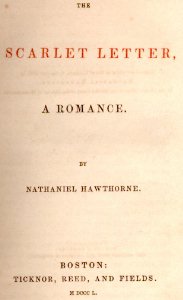
The Scarlet Letter: A Romance is a work of historical fiction by American author Nathaniel Hawthorne, published in 1850. Set in Puritan Massachusetts Bay Colony during the years 1642 to 1649, the novel tells the story of Hester Prynne, who conceives a daughter through an affair and then struggles to create a new life of repentance and dignity. Containing a number of religious and historic allusions, the book explores themes of legalism, sin, and guilt.
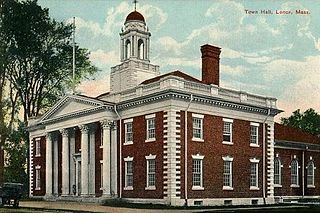
Lenox is a town in Berkshire County, Massachusetts, United States. Set in Western Massachusetts, it is part of the Pittsfield Metropolitan Statistical Area. The population was 5,025 at the 2010 census. Lenox is the site of Shakespeare & Company and Tanglewood, summer home of the Boston Symphony Orchestra. Lenox includes the villages of New Lenox and Lenoxdale, and is a tourist destination during the summer.
Richard Bellingham was a colonial magistrate, lawyer, and several-time governor of the Massachusetts Bay Colony, and the last surviving signatory of the colonial charter at his death. A wealthy lawyer in Lincolnshire prior to his departure for the New World in 1634, he was a liberal political opponent of the moderate John Winthrop, arguing for expansive views on suffrage and lawmaking, but also religiously somewhat conservative, opposing the efforts of Quakers and Baptists to settle in the colony. He was one of the architects of the Massachusetts Body of Liberties, a document embodying many sentiments also found in the United States Bill of Rights.

Nathaniel Eaton was an English academic and the first schoolmaster of Harvard College in Cambridge, Massachusetts, and later became a clergyman.
The Scarlet Letter is an 1850 novel by Nathaniel Hawthorne.

The Nathaniel Hawthorne Birthplace is the home where American author Nathaniel Hawthorne was born. It is located at 27 Hardy Street but accessible through 54 Turner Street, Salem, Massachusetts. The house is now a nonprofit museum along with the House of the Seven Gables immediately adjacent; an admission fee is charged.
Roger Chillingworth is a fictional character and primary antagonist in the 1850 novel The Scarlet Letter by Nathaniel Hawthorne. He is an English scholar who moves to the New World after his wife, Hester Prynne.
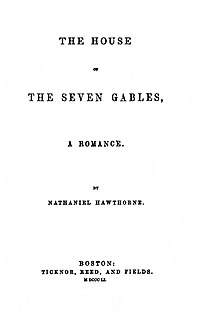
The House of the Seven Gables: A Romance is a Gothic novel written beginning in mid-1850 by American author Nathaniel Hawthorne and published in April 1851 by Ticknor and Fields of Boston. The novel follows a New England family and their ancestral home. In the book, Hawthorne explores themes of guilt, retribution, and atonement, and colors the tale with suggestions of the supernatural and witchcraft. The setting for the book was inspired by the Turner-Ingersoll Mansion, a gabled house in Salem, Massachusetts, belonging to Hawthorne's cousin Susanna Ingersoll, as well as ancestors of Hawthorne who had played a part in the Salem Witch Trials of 1692. The book was well received upon publication and later had a strong influence on the work of H. P. Lovecraft. The House of the Seven Gables has been adapted several times to film and television.
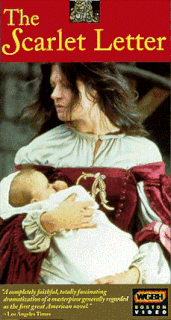
The Scarlet Letter is a 1979 miniseries based on the 1850 novel of the same name by Nathaniel Hawthorne: it aired on WGBH from March 3, 1979 to March 24, 1979. The series is four episodes long, 60 minutes each. Part 2 won the 1979 Emmy Award for Outstanding Video Tape Editing for a Limited Series or Special for film editors Ken Denisoff, Janet McFadden, and Tucker Wiard.
In 1914, Chicago amended its film censorship ordinance, setting up a category of films approved for showing only to persons over twenty-one. The police were authorized to give such films "Pink Permits". According to testimony before the Chicago Motion Picture Commission, the plan took shape following an incident over a film based on Nathaniel Hawthorne's 1850 novel The Scarlet Letter. A delegation of women, having seen the film, requested the police to allow it to be shown. The official in charge replied that he did not know how he could explain to his fifteen-year-old daughter what the scarlet "A" meant, therefore he could not pass the film. Nevertheless, he was troubled, since clearly murder and robbery, the usual censorship taboos, were not at issue. He entered into a "gentleman's agreement" with the film's producer, allowing the film to be shown publicly, provided no one under twenty-one was allowed in. After several similar dilemmas over the films based on literary classics, the "pink permit" policy became law.
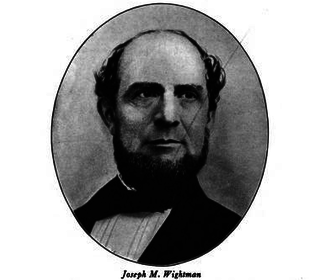
Joseph Milner Wightman was an American politician who, from 1861 to 1863, served as the seventeenth Mayor of Boston, Massachusetts.

The Scarlet Letter is a 1926 American drama film, based on the 1850 novel of the same name by Nathaniel Hawthorne, and directed by Victor Sjöström. Prints of the film survive in the MGM/United Artists film archives and the UCLA Film and Television Archive.

Jonathan Harrington (1811–1881) was a ventriloquist and illusionist in 19th century United States. He performed in Boston, Philadelphia, and elsewhere.

North Street in the North End of Boston, Massachusetts extends from Congress Street to Commercial Street. It runs past Dock Square, Faneuil Hall, Quincy Market, the Rose Kennedy Greenway, and North Square. It was first named in 1852, and consists of segments of streets formerly named Ann, Fish, Ship, Drawbridge, and Conduit Streets.
The Scarlet Letter is a lost 1908 silent American short film, directed by Sidney Olcott. It was based on the 1850 novel of the same name by Nathaniel Hawthorne. The screenplay was written by Gene Gauntier, who also played the character Hester Prynne. The film was produced by Kalem Company.
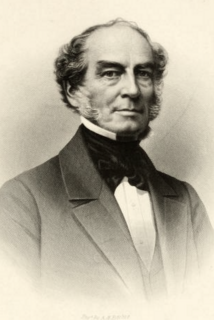
Richard Saltonstall Rogers was an early American shipping merchant and was possibly the inspiration for a character in Nathaniel Hawthorne's The Scarlet Letter.
Robert Coles was a 17th-century New England colonist who is known for the scarlet-letter punishment he received in the Massachusetts Bay Colony and his role in establishing the Providence Plantations, now the state of Rhode Island.
References
- 1 2 "History". Boston Police Department. Retrieved November 4, 2017.
- ↑ Vrabel 2004, p. 8.
- ↑ Winthrop 1908, p. 62.
- ↑ Savage 1865, p. 11.
- ↑ Vrabel 2004, pp. 10-11.
- ↑ Savage 1865, p. 12.
- ↑ Vrabel 2004, p. 12.
- ↑ Hawthorne 1850, p. 55.